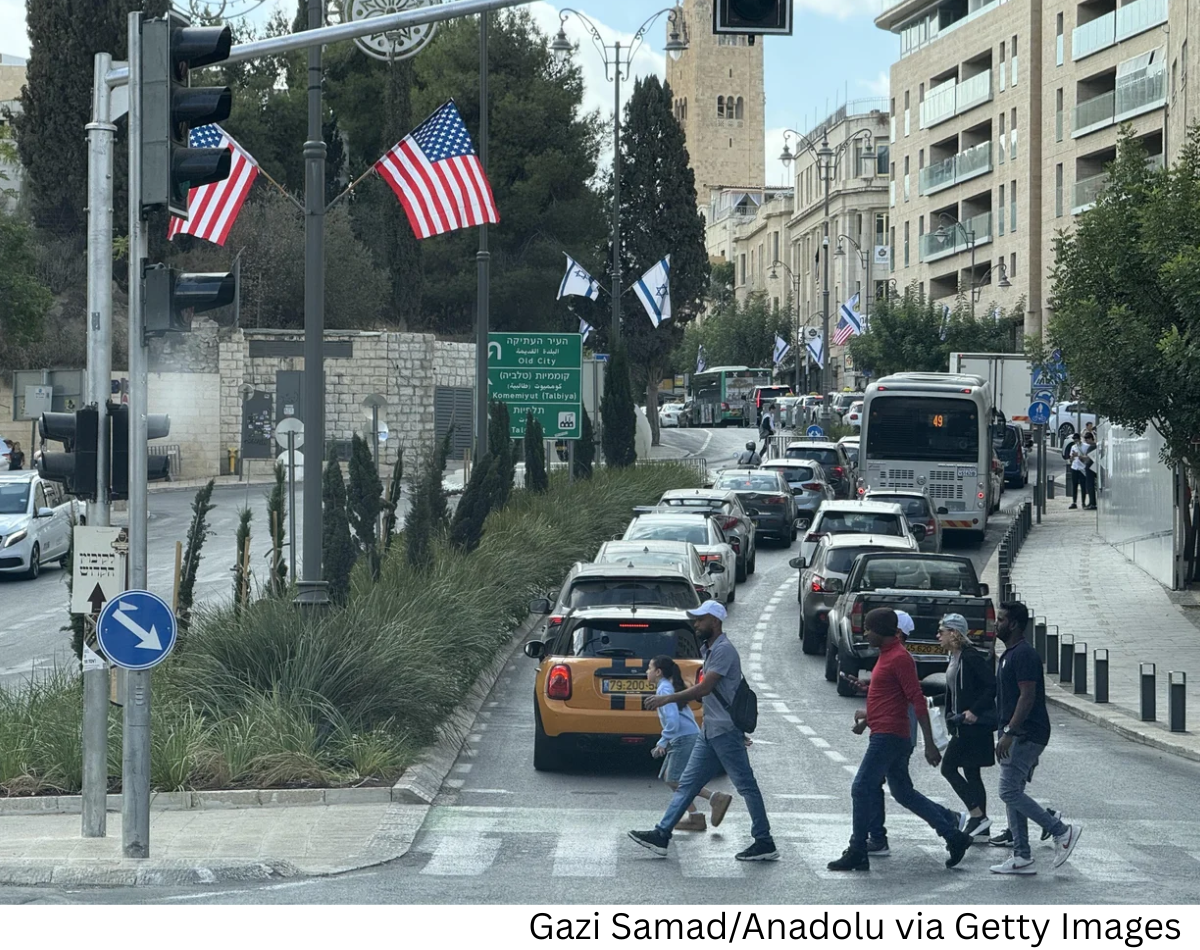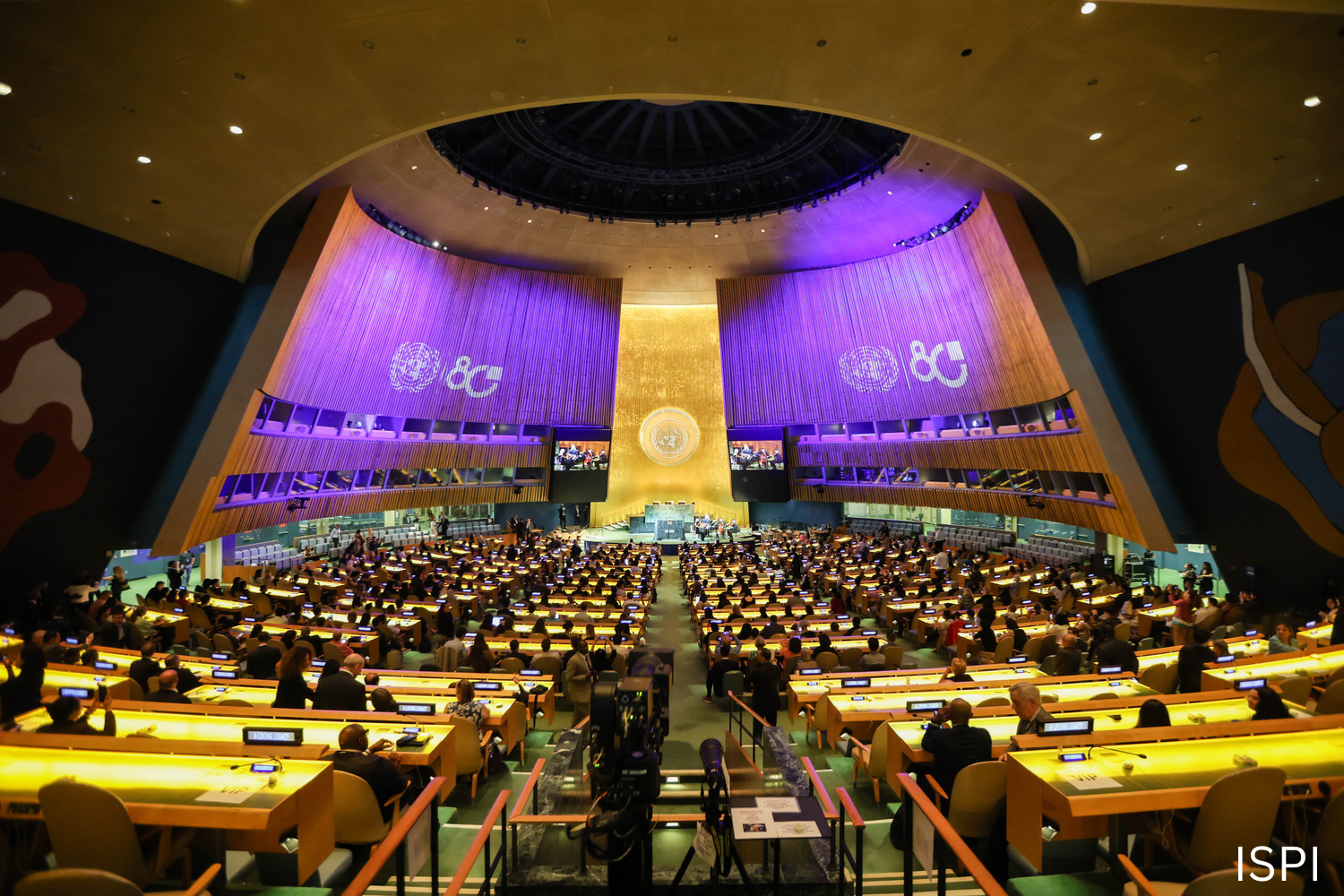Hundreds of Palestinians returned to their homes in the southern Gaza city of Khan Younis on Friday, only to find widespread devastation in the wake of Israeli troop withdrawals. The ceasefire between Israel and Hamas allowed residents to begin returning, but for many, the reality was overwhelming: homes reduced to rubble, neighborhoods unrecognizable, and personal belongings scattered or destroyed.
Fatma Radwan, displaced from eastern Khan Younis, described the scene she encountered. “There was nothing left. Just a few clothes, pieces of wood, and pots,” she said. Many families, she noted, were still attempting to retrieve bodies trapped beneath the rubble, while others combed through debris for anything salvageable. Her account reflects the profound human toll of the conflict and the enormity of the rebuilding task ahead.
Unimaginable Destruction
The scale of destruction in Khan Younis is staggering. Many buildings have been entirely flattened, and very few structures escaped damage. Streets once bustling with activity are now silent, lined with debris and the remnants of what were homes, shops, and public spaces. Hani Omran, also displaced from eastern Khan Younis, described returning to his neighborhood: “We came to a place that is unidentifiable. An unidentifiable town. Destruction is everywhere.”
For returning residents, even basic survival is a challenge. With homes destroyed, temporary shelter is scarce, and access to essential services such as water, electricity, and medical care remains limited. Families are forced to improvise, setting up makeshift living arrangements amid the ruins while humanitarian agencies work to deliver aid.
The Human Cost
The destruction in Khan Younis mirrors the broader devastation across Gaza. Thousands of Palestinians have been displaced, and communities across the region are struggling to cope with the aftermath of repeated conflict. Many families have been uprooted multiple times over the past two years, moving from one shelter to another as hostilities escalated.
Returning residents face not only physical destruction but also deep emotional trauma. The loss of homes, possessions, and neighbors leaves lasting scars. The process of returning, salvaging belongings, and attempting to rebuild is both physically demanding and emotionally taxing, highlighting the urgent need for comprehensive humanitarian assistance.
Humanitarian Response
Aid organizations, including UNICEF and local NGOs, have scaled up operations to provide relief to returning families. Trucks carrying food, medical supplies, and temporary shelter have been deployed, aiming to meet the immediate needs of residents who have endured months of displacement and hardship.
UNICEF spokesperson Tess Ingram emphasized that while the ceasefire provides a necessary pause in violence, it must be accompanied by a surge of humanitarian aid. “A ceasefire alone is not enough,” she said. “Yes, it stops the killing and injuring of children, hopefully, but it also needs to ensure a surge of humanitarian aid that begins to address the tremendous damage that has been done over the past two years.”
The coordination of aid is critical, particularly as many crossings remain restricted, limiting the flow of resources into Gaza. Humanitarian agencies are prioritizing the most heavily affected areas, such as Khan Younis, where destruction is widespread and the need for assistance is urgent.
The Path Forward
The return of residents to Khan Younis marks an initial step in Gaza’s recovery, but the road ahead remains long and difficult. Rebuilding homes, infrastructure, and public services will require sustained international support, significant resources, and coordinated planning.
The ceasefire and initial humanitarian aid provide a foundation for recovery, but long-term stability will depend on continued security, governance, and reconstruction efforts. Establishing safe access to affected neighborhoods, supporting local authorities, and engaging communities in rebuilding initiatives are essential components of the process.
Resilience Amid Ruins
Despite the overwhelming destruction, returning residents display remarkable resilience. Salvaging belongings, clearing rubble, and attempting to restore some sense of normalcy are acts of determination and hope. For many, the act of returning, even to a destroyed home, represents a step toward reclaiming their lives and asserting the continuity of their communities.
Humanitarian agencies and international partners recognize the importance of supporting both immediate survival and long-term recovery. Aid delivery, reconstruction planning, and social support are all critical to helping families in Khan Younis and across Gaza rebuild their lives.




.png)

.png)

.png)